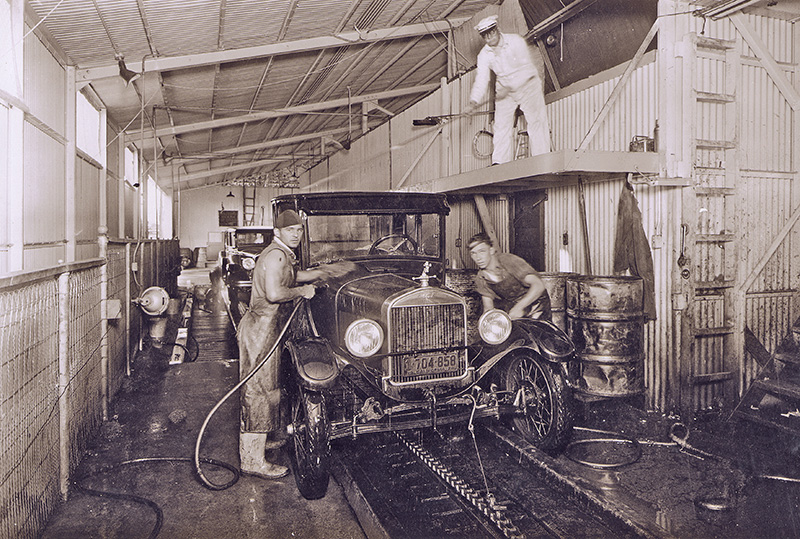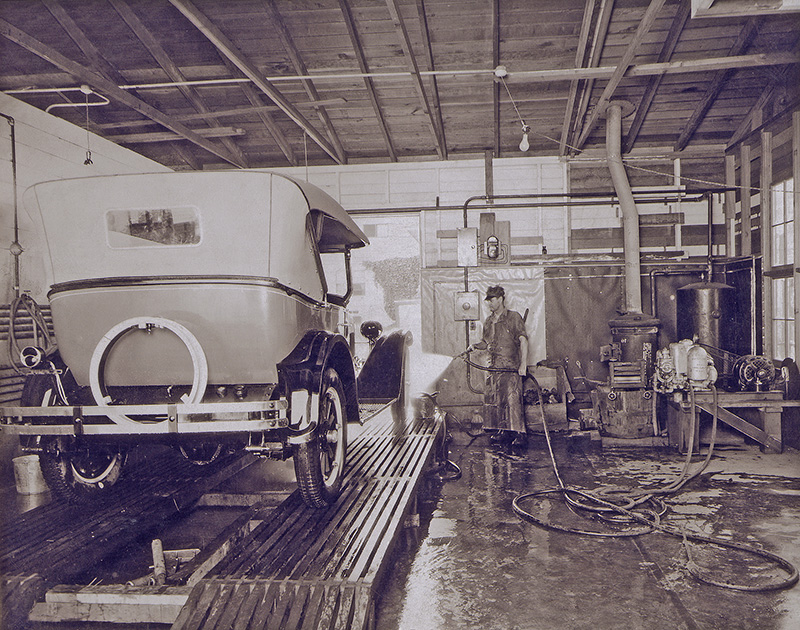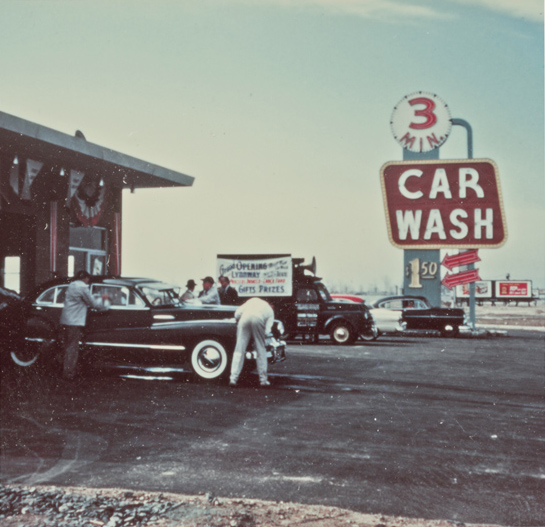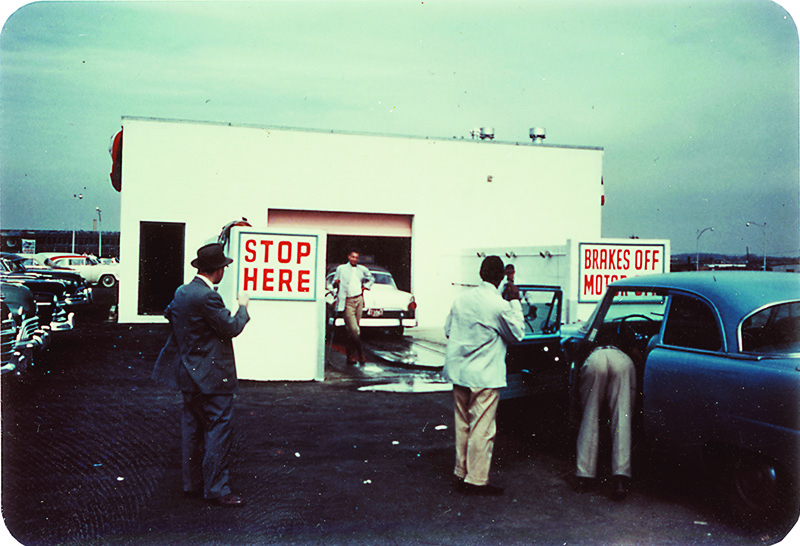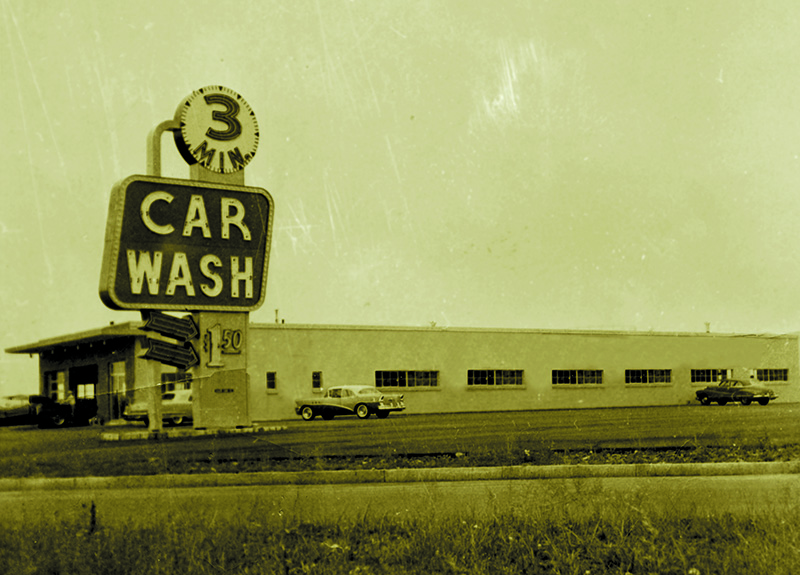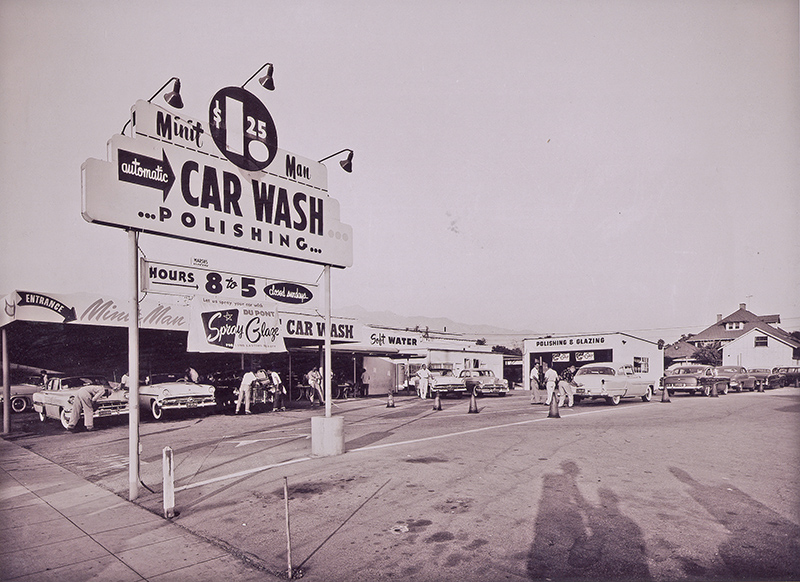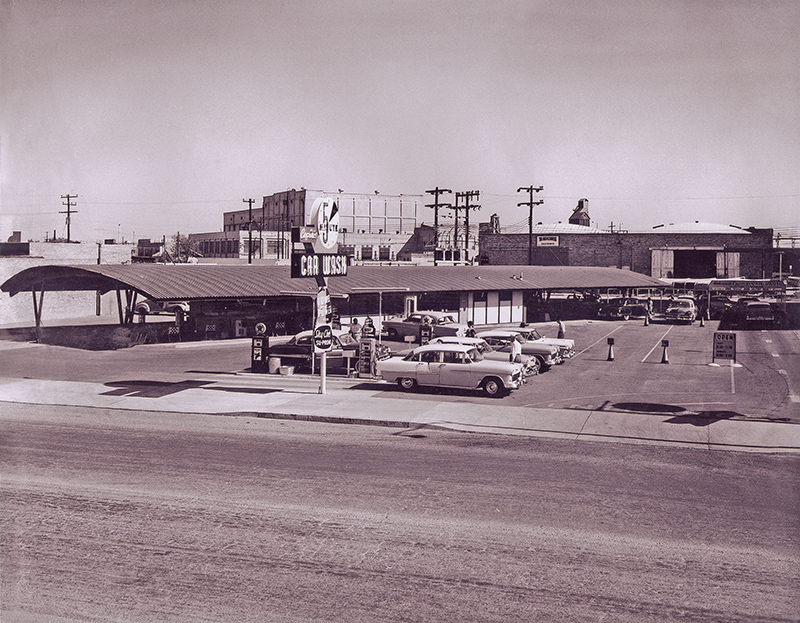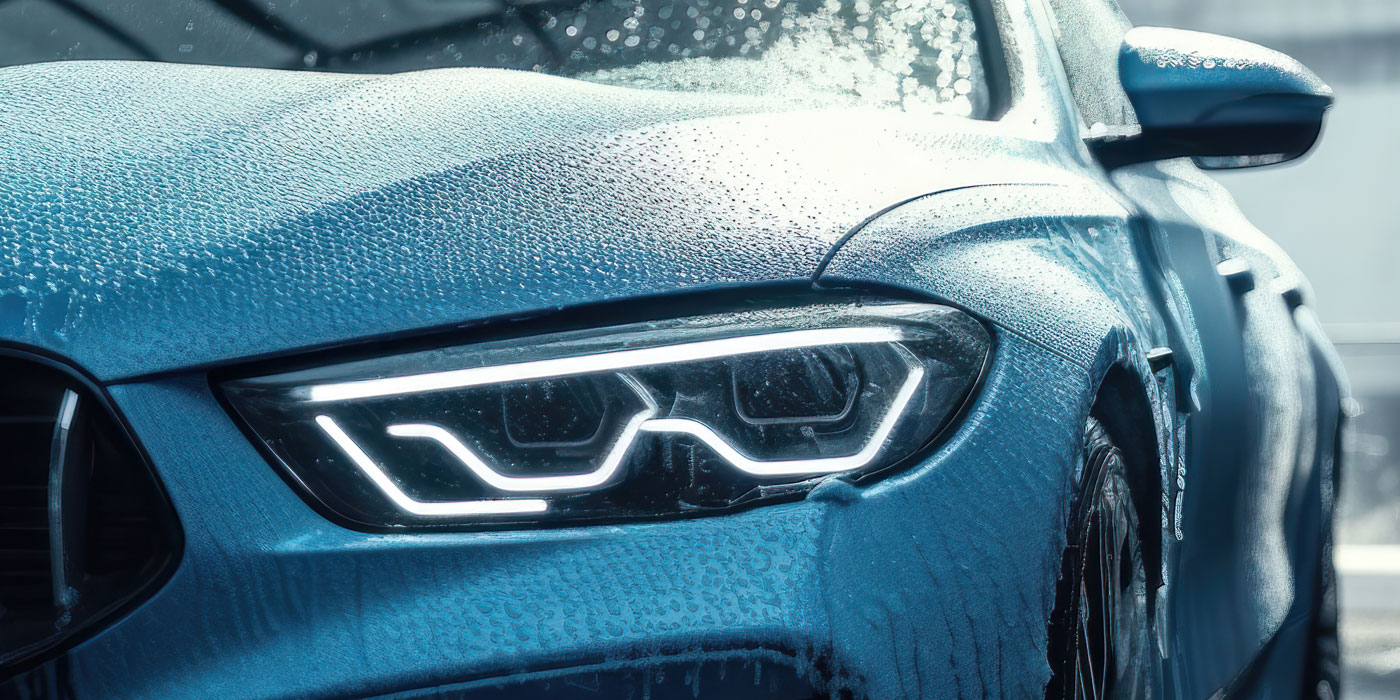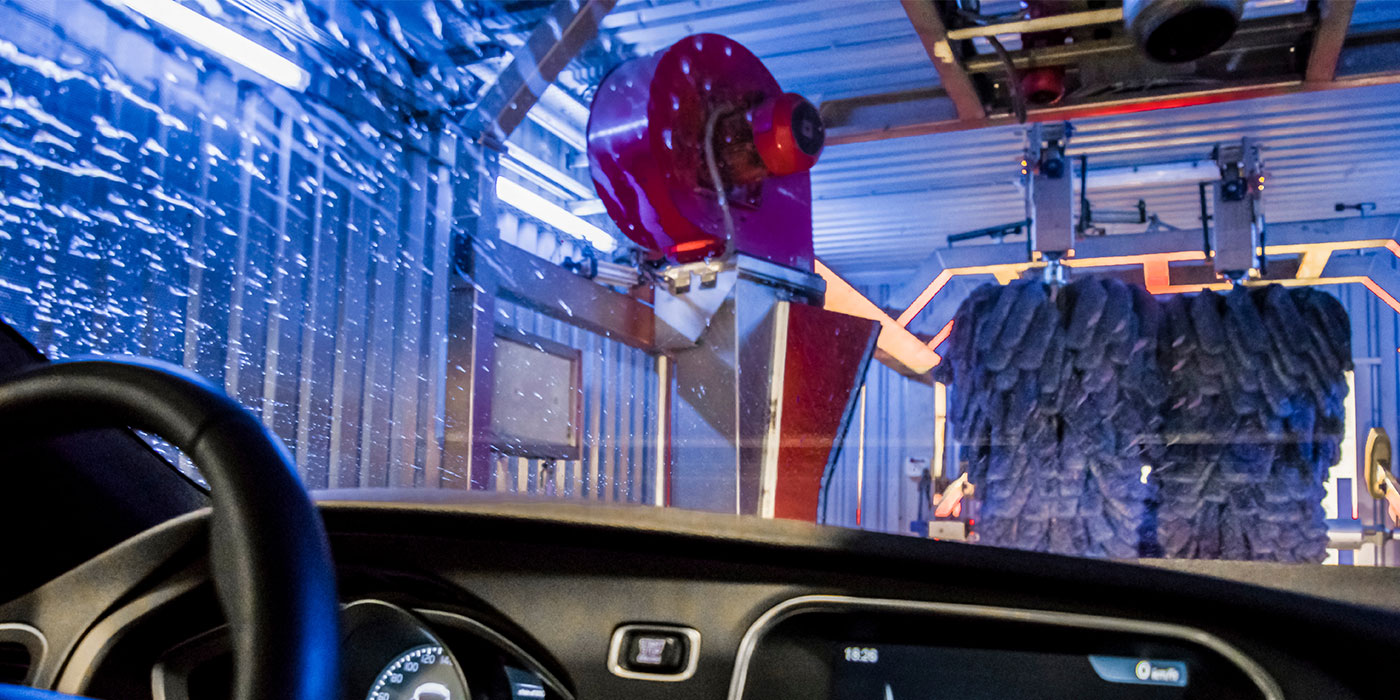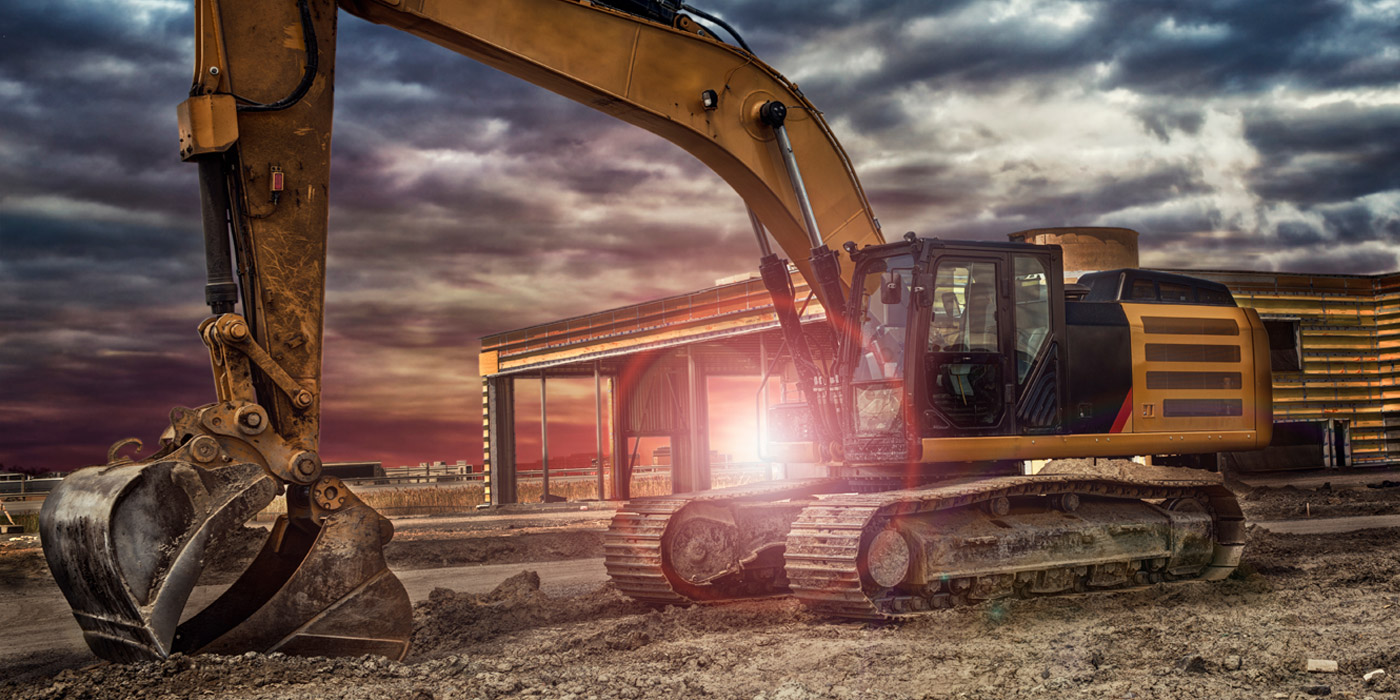The closing of a year is always a time of reflection. With that in mind, there’s no better time than now to reflect on the century-old history of the U.S. carwashing industry and how it has evolved over time in response to changing technologies and values … as well as what we may find in the turning of a new year.
No time to read this article? Listen to it instead!
Have car, need wash
While the invention of the first, practical, gasoline-powered automobile is attributed to Karl Benz of Germany in 1885, it is widely accepted that automobiles did not become affordable and more widely available until the Ford Motor Company produced and sold the Model T, beginning in 1908.1 So, it makes sense that only a few short years after the automobile’s mass-market introduction that the professional carwashing business would arrive on the scene.
While there is some debate over when and where the first production line carwash originated, most claim that it was Automobile Laundry, which Frank McCormick and J.W. Hinkle fittingly opened in Detroit, Michigan, in 1914.2 In fact, the International Carwash Association (ICA) celebrated the 100th anniversary of carwashing in 2014.
During these initial years, workers pushed cars through an assembly line-like tunnel, and much like each specific piece of equipment today, each worker had a designated task, such as applying soap, rinsing the car or drying it.2 Even back then, carwashers sought to be innovative. For instance, in the 1920s, the Auto Wash Bowl in Chicago had a large cleaning pool where motorists would drive in circles to get the mud off their tires and undercarriage before moving the vehicle to a stall at the carwash for a detailed cleaning.3
The dawn of automation
It wasn’t until the 1940s that carwashing became even semi-automated, and it did so in stages. The first automatic conveyor carwash opened in Hollywood, California, in 1940; this carwash used a primitive winch system to pull vehicles along the tunnel, but attendants still had to scrub down and dry vehicles.2
Automated washing continued to evolve in 1946 when Thomas Simpson opened a carwash that had an overhead sprinkler that would wet down the vehicle, but again, workers still had to scrub.2 That same year, in fact, Leo Rousseau founded Minit-Man Inc., the first automatic carwash equipment company; its first customer, Paul Maranian, opened Paul’s Auto Wash, recognized as the first automated carwash in the world, that year as well in Detroit.1Paul’s Auto Wash would eventually go on to wash almost 400,000 cars per year.1
One of the earliest carwashing companies still stands today as a testament to the success of automated carwashing. In 1948, Joe Dahm, also using Rousseau’s equipment, opened the first automated carwash in Indiana: Mike’s Minit Man.1 At the time, only 18 carwashes operated in the U.S.4 Next year (2018) will mark the 70th anniversary of this carwash chain, which now boasts 22 washes as Mike’s Carwash and 30 locations as Crew Carwash, the latter of which was originally part of the Mike’s chain but split off from the company during a friendly reorganization in 2014.
The carwashing process found complete automation in 1951 when brothers Archie, Dean and Eldon Anderson added nozzles to apply soap and water, automated brushes and a 50-horsepower dryer to their carwash in Seattle, Washington.2
The modern carwash pioneers
A key pioneer of the industry starting in the 1950s was Dan Hanna, Sr. “I used to call him the Henry Ford of the carwash industry,” proclaims Bud Abraham, president emeritus of Detail Plus Systems. “He really didn’t start the carwash industry, but when he got into it, he immediately had a major impact.”
Hanna opened his first carwash, Rub-a-Dub, in Milwaukie, Oregon, in 1955, which also led to the creation of Hanna Enterprises.5 Rub-a-Dub eventually grew to encompass 31 locations, and with such business growth, Hanna saw the need for faster and more efficient carwash equipment.5 As such, he began inventing it, and in 1959, he began installing it in other people’s washes.1 By the mid-1960s, Hanna Enterprises became the largest carwash equipment company in the world.1
“In the ’60s and ’70s, any innovation in carwash equipment and carwash merchandising could always be traced back to Daniel C. Hanna,” Abraham claims.
But even with the advent of automation and the developments happening during the mid-20th century, carwashes at the time remained what we would today call full service washes.
According to Dan Pecora, owner of Erie Brush & Manufacturing, at this time, dozens of employees operated these washes: They would drive the customers’ vehicles onto the conveyor, wash and dry it by hand and then clean and dry the interior as well. Carwashing was time-consuming and sometimes risky, as it often put cars in the hands of young, inexperienced drivers.
“As a child during the ’50s, my father, Carlo Pecora, and I used to make hog’s hair carwash brushes at night in the basement of our Milwaukee home,” Pecora recalls. “During the day, Dad would hit the road selling the brushes. It was during all those trips to those countless carwashes that he got an idea to help speed up the carwashing process. The idea was relatively straightforward: create a simplified carwash that specialized in exterior washing only. In 1962, my dad purchased property in Appleton, Wisconsin, and the following year we opened the first exterior-only carwash in North America — the precursor to the express carwashes seen commonly around the country today. It changed the whole industry,” Pecora states.
Thus, the 1960s saw the advent of “exterior carwashing,” and other operators soon followed suit. According to Abraham, Dallas Smith was another early innovator in the carwash industry during this time and developed some cutting-edge carwash equipment as well as operated some of the first exterior carwashes in the U.S.
Of course, once the idea of exterior-only carwashing was introduced, the question became: How do we capitalize on appealing to everyone, whether they want full service or not?
For instance, Abraham explains, Hanna introduced a 14×28-foot equipment package that could fit on a small lot offering the exterior-only carwash. In the 1970s, he introduced a concept called the “3-in-1 carwash,” which offered gasoline, exterior washing and interior cleaning. At the time, Abraham worked in the advertising department for Hanna Enterprises, and he recounts, “We marketed it and pushed it for a couple of years, then it just kind of died out. It was something that wasn’t well-accepted because of space constraints.”
On the other hand, the flex-serve carwash, introduced in the 1980s, did strike it big, although today’s definition of the model differs in part from the original.
Abraham notes that Steve Okun, who was a carwash operator, equipment distributor and eventually became a consultant for the carwashing and detailing industries, coined the term flex-serve. “The original flex-serve concept was setting up two cells [at the exit end of the exterior carwash],” Abraham explains. “One would be a full service cell, and the other cell was an express detail cell.”
In this way, Abraham adds, Okun wanted to capitalize on all sides of the consumer base: those who wanted a simple exterior carwash, the smaller percentage that wanted the full service wash and those who were willing to pay for express waxes and other quick detailing services.
Finally, another carwash innovation came online in 2001 when Ben Alford opened the first modern, automated express carwashing model at Benny’s Car Wash in Baton Rouge, Louisiana, which included automated pay terminals and gates.
Although exterior washing has been around since the 1960s, according to Paul Fazio, CEO of SONNY’s The CarWash Factory, this site was the first facility that he would call a true “express exterior” wash. “This site had all the elements: pay stations, free vacuums, no prepping and built for volume, speed and customer convenience,” he says.
“Customers could pull up to the terminal, purchase a wash with cash or credit card, the gate would raise, and the car would be added to the queue of the tunnel. The attendant at the wash entrance would only need to guide the person onto the conveyor, and away they went,” explains Kevin Detrick, president of Innovative Control Systems (ICS), the company that developed the software and the payment terminals used in the first express wash. “The benefits of the express model would soon become available to operators across the country: labor savings, higher wash volumes and improved wash quality.”
Changing with the times
The exterior carwashing phenomenon is just one example of how the carwashing industry has responded to change. Change has not only come in terms of equipment but also in terms of service. There’s no question that today’s carwashes are far superior to their earlier counterparts. Equipment was not as efficient back then, Pecora notes; conveyors were loud, unlike their smoother counterparts today, and dryers did not blow off as much water as they do now.
In addition to requiring heavy manual labor — brushes were also operated manually and, according to Fazio, whitewall tires were cleaned in passing by employees standing in a pit four feet deep using handheld steam cleaner wands and/or brushes or steel wool — carwash equipment as well as processes weren’t always safe for vehicles either. For instance, the log chains used to pull cars through a tunnel were attached to the bumper and pulled by employees. Fazio remembers, “If the driver made a mistake and put the car in park, the chain that was attached to the bumper to pull the car through would pull off the bumper. They got smarter after that and used a rope, so the hope was the rope would break before the bumper would come off.”
Naturally, carwashes have also changed in large part due to the changes in automobiles. During the ’50s and ’60s, whitewall tires were all the rage. The problem for the industry was that you couldn’t clean them. “Guys were always coming up with different devices [to clean whitewalls],” Abraham explains.
According to Abraham, one such elaborate system at the time was developed by Russ Haveburg. The machine was installed along the wash system, and when the tire rolled over it, five or six steel rollers on each side of the carwash would begin spinning the tires at high speeds. A rectangular brush on a mechanical arm would come out and spray steam on the tire while the brush rubbed against it at its high-spinning speed — all while the rollers were still pushing the car forward. “It was a mechanical nightmare,” Abraham declares. “The elimination of whitewall tires on cars was a gift to the carwash industry.”
Another response carwashes have made to changing automobiles is in terms of height allowances. Abraham claims that the maximum height in a carwash used to be 72 inches in the ’60s, whereas the current standard is 90 inches. Changing car models, heights and exterior additions, such as air vents on the tops of vans, spurred such adaptations. Abraham recollects, “I remember when I was in the advertising department at Hanna [Enterprises], we were taking pictures at the carwash, and I borrowed a van from an auto dealer. I was sending it through the carwash, and I didn’t realize that it had this air-vent thing on the top, and the carwash was only 84-inch clearance. The first arch hit that plastic vent, and it cut it. Fortunately, we got the van stopped before it went through there and damaged it any further.”
Even as automobiles necessitated change, so too did customer perceptions. As Pecora states, before the advent of exterior washing, “We used to get in every person’s car. Some people didn’t like that. They wanted to stay in the car themselves.” Of course, in accommodating that wish, other issues arose.
“The problem the industry sort of began to recognize over the years … was the consumer didn’t like the tunnel effect, the claustrophobic [feeling] of going through a machine or going through a carwash that had just a tunnel wide enough for the equipment,” Abraham explains. For that reason, tunnels, which used to be built at around 15-feet wide, may now range up to 30-feet wide and have windows in order to ease the customer.
Furthermore, Pecora explains, “Back in the 1960s, we used filament brushes which were made of polyethylene. Then in the 1970s, the cloth brushes came along. In the 1990s, foam brushes, made of closed-cell foam, came along. If you have a lighter car, it’s easy for automation to make noise. In the 1960s, when customers first rode in their cars on the conveyor, some were worried by the brushes, because if the brushes made too much noise, they didn’t feel comfortable. Today, that’s not a problem.”
In more recent years, new technology has been focused on making the wash process more streamlined and easier for the customer. For instance, Detrick states, “Touchscreens with video instructions on the payment terminal have made the sales process easier for the driving public while video instructions on entrance management signs even assist the customer in loading the car onto the conveyor properly.”
And, Abraham notes, consistency has become more of an established practice. In the past, he says, an operator having a slow day might have run every car through the wash slowly, whereas on a crowded day, he might have justified taking less time on each car because he was busy. “The good exterior carwash operator of today and of yesterday understood that you’ve got to be consistent with the customer, meaning that no matter when he comes in, he’s got to get exactly the same service [in] the same amount of time,” Abraham states.
Of course, politics and governance have been a marker for change as well. Increasing environmental regulations and utility costs, for instance, have driven a need for carwashes in some areas to have advanced water recycling systems. Moreover, the rising cost of labor has driven more operators away from traditional labor-intensive models.
Looking to the future
Fazio recalls that when he started in the industry in the early ’80s, his father had him visit most of the carwashes in the country doing over 200,000 cars per year. Such a feat was doable back then, he notes, because there were very few high-volume sites in the South; but today, it would be impossible since volumes have grown tremendously — many more sites can handle 250,000 to 400,000 cars a year or more. Fazio’s sole carwash, which does not use the unlimited washing plan, still runs at full capacity, he claims, and is a 53-foot express tunnel that is trending at around 300,000 cars per year.
“I would have [said] 20 years ago these numbers at this site were impossible. Yet we are seeing more and more, in every area of the country, that high-volume washing with the express model is very attainable,” Fazio says. “With the value offered to the carwash customer, as well as the speed and convenience this model delivers, it is no wonder we as an industry continue to pull more people out of the driveway and into a professional carwash. The value, speed and convenience [the express exterior] and the flex model offer are exactly what the consumer of today is looking for, and the explosion of these sites being built and the volumes being washed in them is proof of that.”
Looking to the past allows us to make predictions for the future. Just as the cars of yesteryear modified the services and appearances of carwashes, the beginnings of more change are approaching as new car models come equipped with sensors that are proving troublesome for carwashes. Nevertheless, with an industry as old as this one, there will no doubt be evolving innovation, and the industry will respond and be stronger for it.
“Carwash technology today represents a quantum leap when compared to the functionality of the equipment available 50 years ago, with a greater level of automation and reliability,” Detrick concludes. “Looking forward, the industry has a bright future.”
Sources:
1International Carwash Association, “Building the car wash” (CAR WASH Magazine, Summer 2014), 16-20.
2http://www.nbcnews.com/business/autos/car-wash-100-years-brushes-soap-wax-shine-elbow-grease-n70876
3http://tommycarwash.com/blog/car-wash-history/
4https://mikescarwash.com/OURSTORY/TheMikesStory.aspx
5https://colemanhanna.com/about-coleman-hanna/hanna-history/

